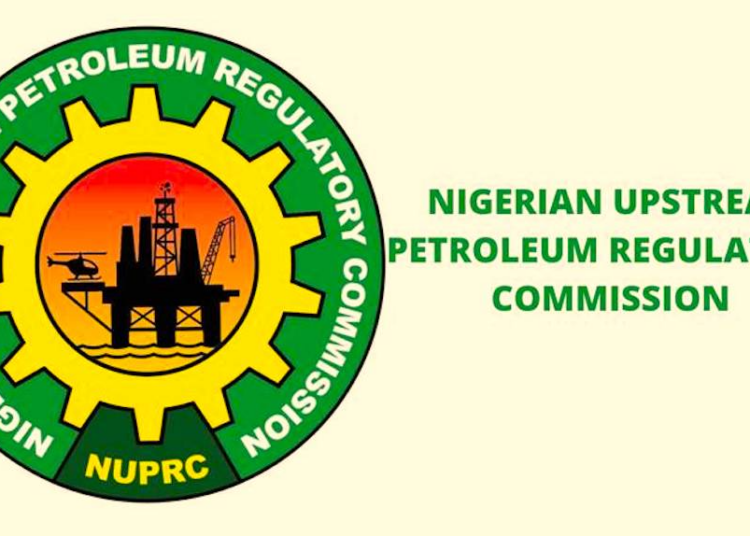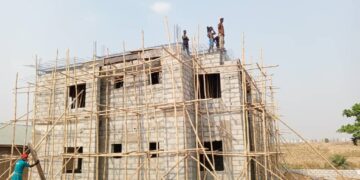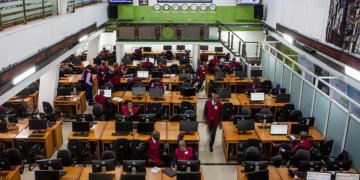Nigeria’s oil industry rig count has increased by 400 per cent in the last four years, resulting in the noticeable improvement in the country’s crude oil production output.
The Nigerian Upstream Petroleum Regulatory Commission (NUPRC) which made this known, in Abuja, said the country’s active rig count surged by 400 per cent to reach 40, marking a substantial rise from the low of eight rigs recorded in 2021.
This increase reflects the NUPRC’s efforts to enhance upstream activities and improve crude oil production capacity. The rise in rig count is attributed to the positive impact of the Petroleum Industry Act (PIA), which has created a more favorable environment for investment and operations in the sector.
This is as the federal government said that the Nigeria Gas Flare Commercialisation Programme (NGFCP), has the potential to unlock as much as $2.5 billion investments in the Nigerian oil and gas sector, thereby creating a boost for government revenues.
Commission chief executive NUPRC, Gbenga Komolafe, disclosed these in Abuja on Wednesday, at the ongoing Nigerian International Energy Summit (NIES).
The NGFCP was launched as a strategic initiative by the Nigerian government with the primary goal of eliminating gas flaring through economically viable solutions, transforming a wasteful environmental challenge into a substantial economic opportunity.
The programme is also being promoted as one of the critical pathways to achieving Net Zero Carbon Emission.
According to him, as countries shift focus toward a low carbon future, the commission is embedding sustainability measures including NGFCP, into the upstream operations to mitigate environmental risks and to protect communities.
He explained that in the short-term, the federal government has set new benchmarks for oil and gas production and significantly strengthened the nation’s energy security, with rig count expected to reach 50 by the end of 2025.
“In pursuit of our goal to reach 40 billion barrels of oil and 220 trillion cubic feet of gas, we have vigorously pursued strategies to stimulate exploration activities and accelerate development. As part of these efforts, the Commission successfully completed the 2022/2024 bid licensing round, and awarded 27 Petroleum Prospecting Licenses (PPLs) across various terrains.
“Our achievements speak for themselves: between 2023 and 2024, oil reserves increased by 1.43 per cent, reaching 37.5 billion barrels, while gas reserves grew by 0.21 per cent, reaching 209.26 trillion cubic feet. Rig count increased from eight in 2021 to 40 in 2025 and is projected to reach 50 before year end while production increased by 70 per cent from one million bopd in 2021 to the current production of circa 1.75 million bopd,” Komolafe said.
Speaking further, the CCE noted that Nigeria’s vast oil reserves present a remarkable opportunity for growth and economic transformation, stating that while the current production averages 1.75 million barrels per day, technical potential stands at 2.24 million barrels per day.
To bridge this gap, he explained that efforts were ongoing to promote actions aimed at improving transparency, driving collaboration with E&P companies, ensuring financial viability, fast-tracking field developments, adopting cutting-edge improved oil recovery technologies, reducing costs, eliminating entry barriers and optimising production.
He said, “The potential for increased production is immense, and NUPRC is committed to unlocking every opportunity. Our efforts to reactivate shut-in wells and leverage low hanging
fruits opportunities will bring us closer to actualisation of the Project 1MMbopd additional production target recently launched by the Commission.
“We are steadily progressing actions on Advanced Cargo Declaration Solution and Engineering Audit of Upstream Measurement Equipment and Facilities as part of our non-kinetic approach to combat crude theft, eliminate revenue leakage and maximise value.”
Nigeria aims to leverage this growth to meet its ambitious production targets, positioning itself as a competitive player in the global oil market. However, challenges such as infrastructure constraints and security issues remain, requiring continued efforts to ensure sustained growth.











